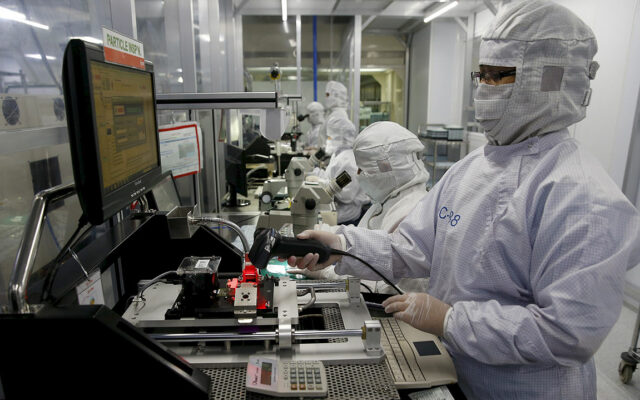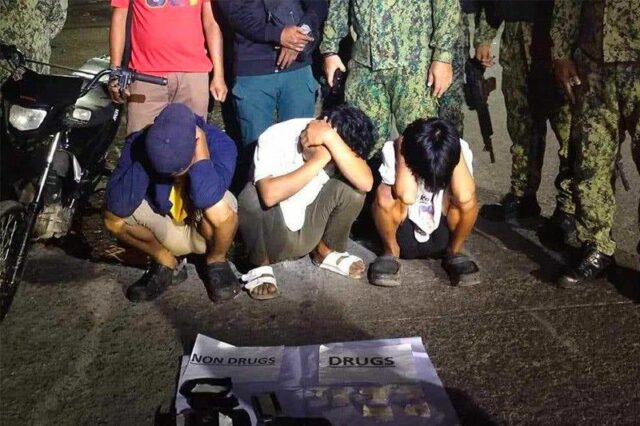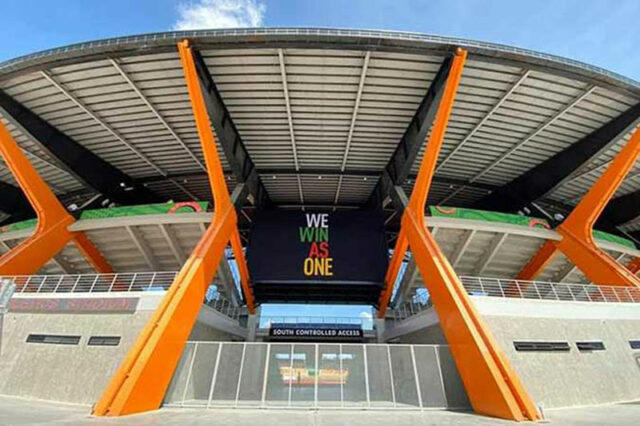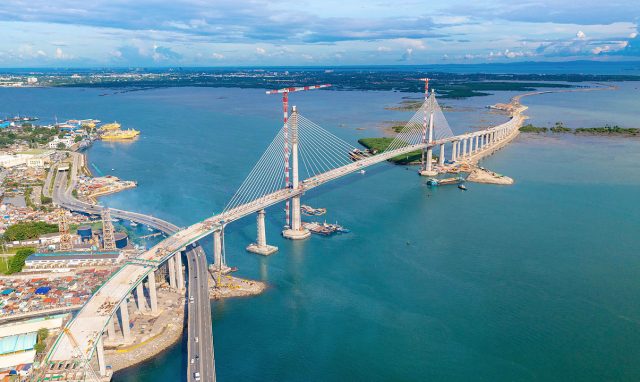Asia exports to outperform with 2024 growth of 7.4%

EXPORTS from Asia are expected to grow 7.4% this year, outperforming other regions, the World Trade Organization (WTO) reported.
In its October Global Trade Outlook and Statistics, the WTO upgraded its forecast for world merchandise trade growth in 2024 to 2.7% from the previous estimate of 2.6%.
Meanwhile, its estimate for world merchandise trade in 2025 was downgraded to 3% from 3.3% previously.
“The demand for traded goods was weaker than expected in Europe but stronger than foreseen in Asia,” the WTO said.
In particular, the WTO projects exports in Asia to grow 7.4% this year. This is faster than the expected growth in exports from the Middle East (4.7%), South America (4.6%), Commonwealth of Independent States (CIS) (4.5%), Africa (2.5%), and North America (2.1%). Exports from Europe are expected to decline 1.4%.
“Stronger-than-expected Asian export growth has been sustained by increased shipments of electronics, automotive products, and other manufactured goods from China,” WTO Chief Economist Ralph Ossa said in a briefing last week.
“But other economies in the region are also reporting strong export growth, including India, Vietnam, and Singapore,” he added.
Meanwhile, imports are expected to grow faster in the Middle East to 9%. It was followed by South America (5.6%), Asia (4.3%), North America (3.3%), CIS (1.1%), and Africa (1%). Europe is expected to see a decline of 2.3% in imports.
Next year, the WTO projects exports from Asia to grow the fastest at 4.7%, while the region is expected to import 5.1% more in 2025.
“Exports from Asia surged following the COVID-19 pandemic but have plateaued at a high level, partly explaining the region’s weak export growth since then,” the WTO said.
“If the forecast is realized, by the second quarter of 2025, Asian exports will have risen 29.4% compared to their average level in 2019,” it added.
However, the WTO identified regional conflicts, monetary policy divergence, and fragmentation of supply chains linked to geopolitical factors as among the risks to the trade outlook.
“An escalation of the conflict in the Middle East could have negative consequences for global and regional trade flows, particularly for any countries directly involved,” it said.
“The effects would also be felt in other regions, including through further disruptions to shipping and rising energy prices due to higher risk premiums,” it added.
Mr. Ossa said that the WTO sees more and more “evidence of decoupling and fragmentation of trade based on geopolitical concerns.”
“Trade is increasingly conducted among like-minded countries, with the war in Ukraine accelerating the process. However, we have yet to observe a global trend of regionalization or near-shoring,” he added.
When asked about the possible effects of the EU Deforestation Regulation (EUDR) on global trade, Mr. Ossa said that it is something that the WTO has not formally evaluated yet, but he noted that conversations concerning the topic are ongoing.
“On the one hand, there’s, I think, a shared concern about deforestation and a shared willingness to also do something to protect forests,” he said.
“On the other hand, there’s a concern, of course, about fairness. From a historical sense, there’s also a concern about implementation,” he added.
He said that member countries are not just concerned with what regulations such as the EUDR try to achieve, “but also how they are achieving it and whether they are imposing excessive burdens on, for example, small- and medium-sized enterprises (SMEs) in developing countries.”
In a statement sent over the weekend, the Philippine Exporters Confederation, Inc. (Philexport) said that Philippine companies badly need more support to ensure compliance with sustainability rules.
Citing a report by the Danish Industry and the Employers Confederation of the Philippines, Philexport said that the Philippine firms have turned out to have among the lowest levels of awareness, levels of the EU’s environmental, social, and governance (ESG) legislation.
“In light of this, the study underscores the need for support measures to prepare companies for increased demands, enabling local firms to better benefit from upcoming opportunities and ensuring that EU companies meet their supply chain impact targets,” it added.
In particular, it said that implementing ESG training for SMEs is needed to establish a foundational understanding within the firms of what ESG entails and the business opportunities it presents.
Citing the study, Philexport said that 72% of the Philippine companies cited their unfamiliarity with the EU legislation.
However, it is said that the lower awareness could be attributed to the fewer demands faced by the Philippine firms.
The EU Commission said on Oct. 2 that it proposed to move the implementation of the EUDR to Dec. 30, 2025 for large companies and to June 30, 2026 for micro and small enterprises.
The EUDR was previously scheduled for implementation by the end of 2024 for large companies. — Justine Irish D. Tabile




![DBM-Assistant-Secretary-Amenah-F.-Pangandaman-[DBMgovph-FB]](https://www.bworldonline.com/wp-content/uploads/2022/05/DBM-Assistant-Secretary-Amenah-F.-Pangandaman-DBMgovph-FB-640x360.jpg)


















